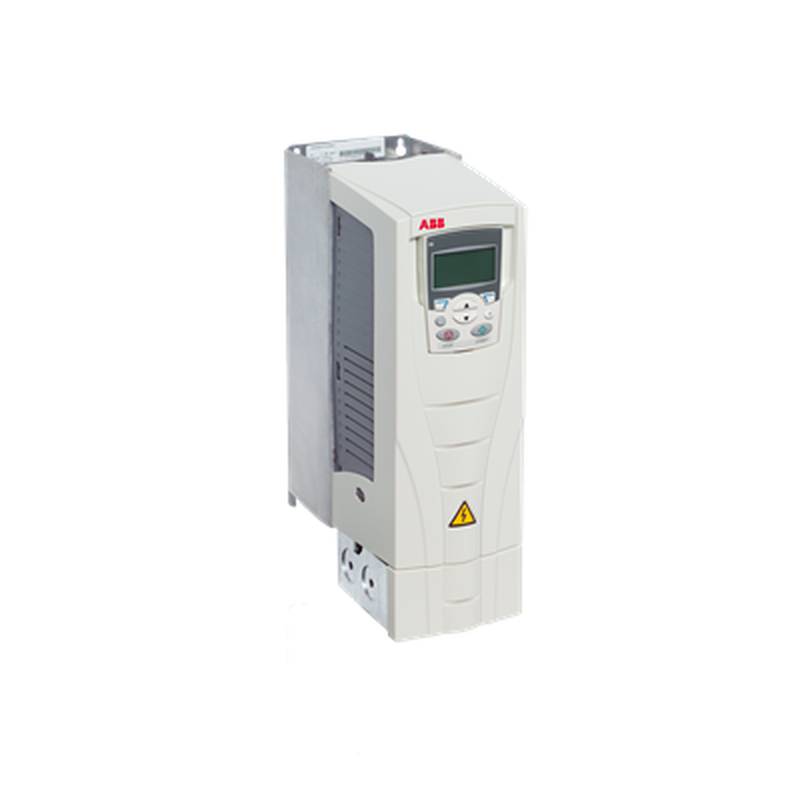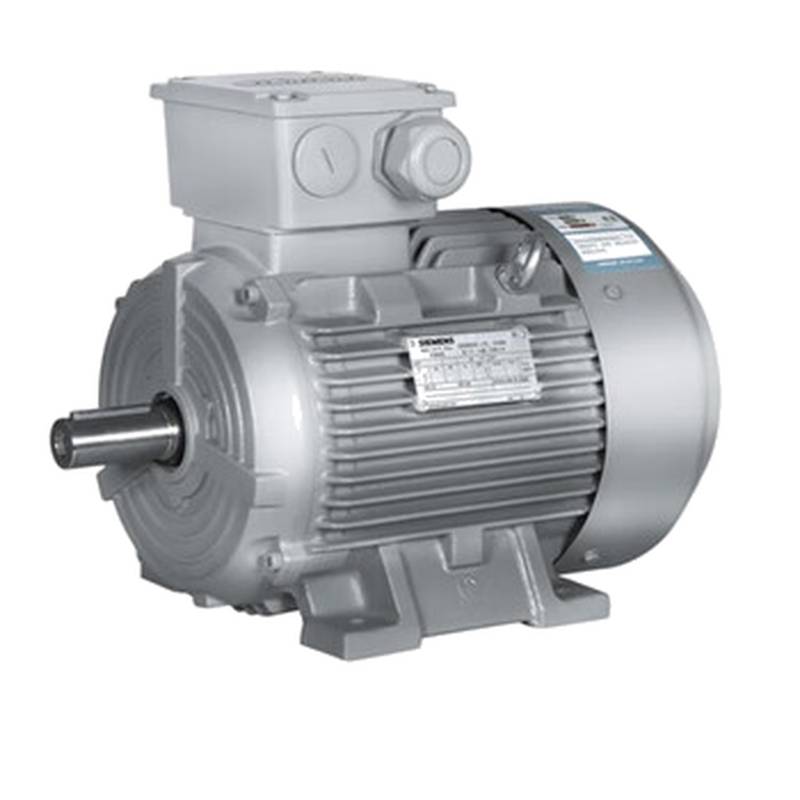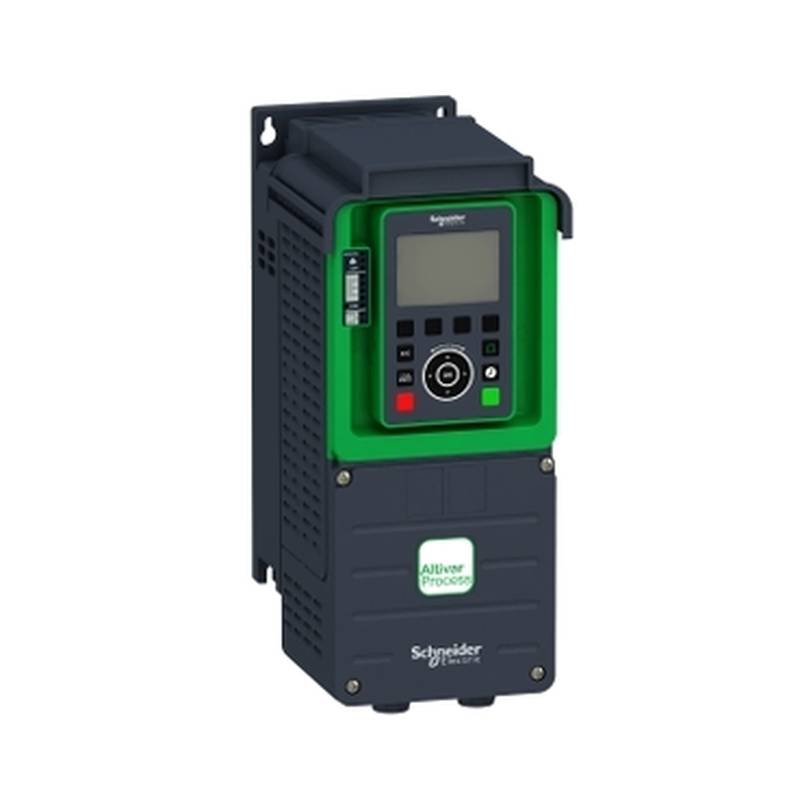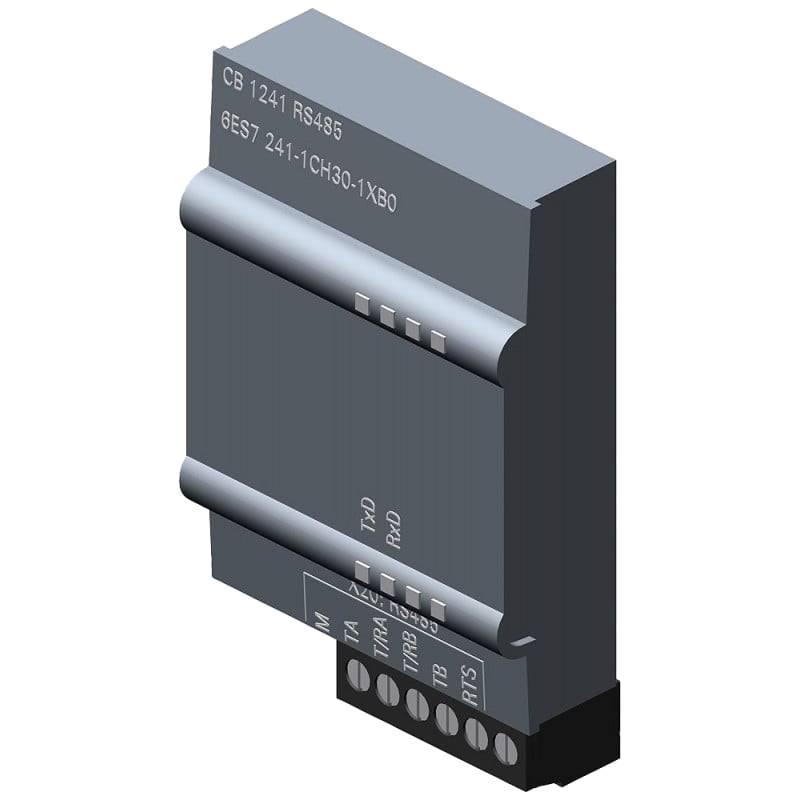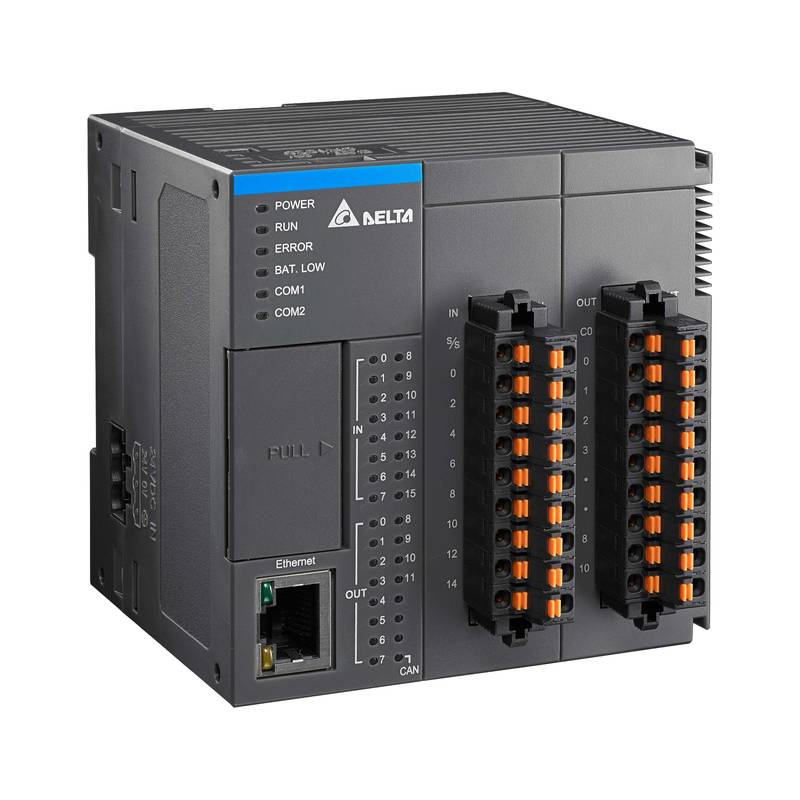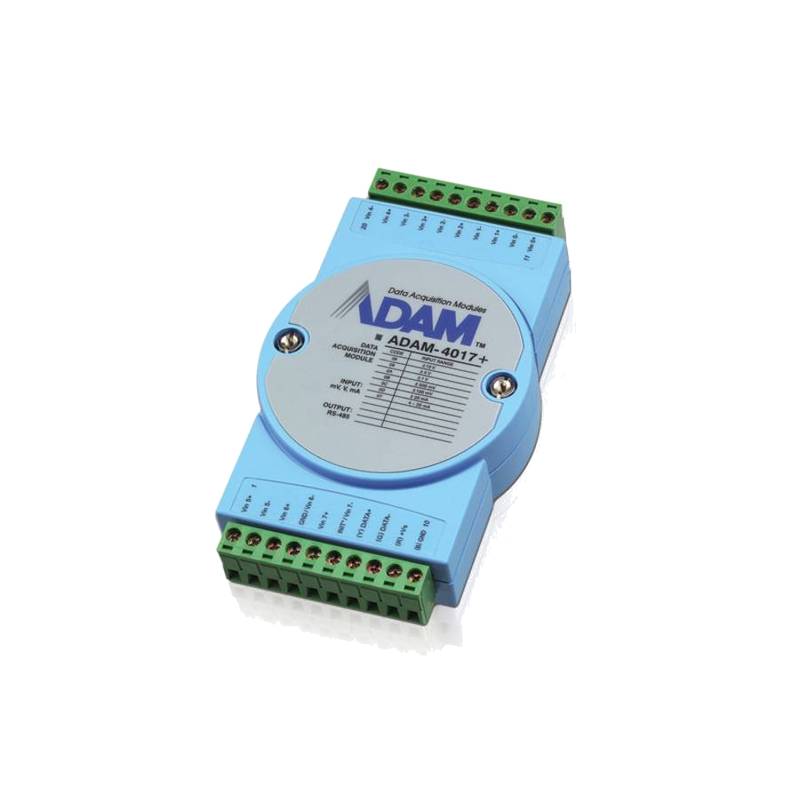
The Delta ECM-E3M-C20807RSE is a high inertia industrial drive motor engineered for demanding applications requiring precise control and robust performance. This asynchronous motor boasts a nominal power output of 20 kW and operates at a rated speed of 807 RPM, providing substantial torque for continuous operation. Its key advantages lie in its high inertia design, enabling superior stability and smooth acceleration/deceleration in systems with significant rotational mass, such as those found in printing presses, metalworking machinery, and material handling equipment. The motor features a robust construction with an IP55 protection rating, ensuring reliable operation in harsh industrial environments, and an insulation class of F for enhanced thermal resistance. Its compact frame size (200M) facilitates integration into existing machinery footprints, while its high efficiency contributes to reduced energy consumption and operational costs.
Product Specifications
| Parameter | Value |
| :---------------- | :---------------- ---------------------- |
| Motor Type | Asynchronous, High Inertia |
| Model Number | ECM-E3M-C20807RSE |
| Nominal Power | 20 kW |
| Rated Speed | 807 RPM |
| Frame Size | 200M |
| Voltage | 400V (3-Phase) |
| Frequency | 50/60 Hz |
| Protection Rating | IP55 |
| Insulation Class | F |
| Duty Cycle | Continuous S1 |
| Mounting | Foot-mounted (B3) |
| Brake | Optional (Specify when ordering) |
Core Features & Market Positioning
The Delta ECM-E3M-C20807RSE distinguishes itself through its inherent high inertia rotor design, which is crucial for applications demanding exceptional speed stability and the ability to manage significant flywheel effects. Unlike standard motors, this high inertia variant excels in processes where rapid torque fluctuations are common, preventing jerky movements and ensuring consistent product quality. Its market positioning is firmly rooted in providing a reliable, cost-effective solution for heavy-duty industrial automation where precise motion control is paramount. Delta's reputation for quality and durability further solidifies the ECM-E3M-C20807RSE as a preferred choice for engineers seeking long-term operational value and minimal maintenance. The motor's asynchronous design simplifies maintenance and enhances its overall robustness compared to more complex motor types.
Key Application Scenarios
This high inertia industrial drive motor, the Delta ECM-E3M-C20807RSE, is ideally suited for a range of demanding industrial applications. It finds extensive use in the printing industry, particularly in large-format offset and flexographic presses where maintaining consistent web speed during acceleration and deceleration is critical for print quality. In metal fabrication, it is employed in heavy-duty stamping presses and shears, where its high inertia helps to absorb shock loads and ensure smooth, powerful operation. The material handling sector benefits from its capabilities in large conveyor systems, cranes, and automated storage and retrieval systems (AS/RS), where smooth starts and stops are essential for protecting goods and maintaining throughput. Furthermore, its robustness makes it suitable for pump and fan applications in heavy industries, especially those with large, slow-moving impellers or fans requiring sustained torque.
Practical System Integration Guidance
Integrating the Delta ECM-E3M-C20807RSE into an industrial system requires careful consideration of its electrical and mechanical parameters. For electrical connections, ensure a stable 3-phase power supply within the specified 400V range and 50/60 Hz frequency. Use appropriately sized conductors and circuit protection devices (e.g., breakers or fuses) rated for the motor's nominal current draw and potential inrush current. When pairing with a Variable Frequency Drive (VFD), select a drive compatible with high inertia loads, often requiring a VFD with enhanced braking capabilities or an external braking resistor to manage regenerative energy during deceleration. Mechanical mounting should be secure, utilizing the B3 foot-mounting configuration to ensure proper alignment and vibration damping. Proper ventilation around the motor is crucial to maintain performance within the F insulation class limits.
Operation and Risk Mitigation
Operating the Delta ECM-E3M-C20807RSE necessitates adherence to safety protocols. Always ensure the motor is disconnected from power before performing any maintenance or inspection. When using with a VFD, carefully program acceleration and deceleration ramps to match the application's inertia and avoid excessive mechanical stress or electrical overloads. Common troubleshooting may involve checking power supply stability, VFD settings, and mechanical load alignment. Fault codes from the associated VFD will often indicate motor-related issues, such as overcurrent (often during startup with high inertia) or over-temperature. Implementing a preventative maintenance schedule, including periodic checks of bearings and electrical connections, will significantly mitigate risks of unexpected downtime and ensure the longevity of the Delta ECM-E3M-C20807RSE.
Scalability & Long-Term Value
The Delta ECM-E3M-C20807RSE offers strong scalability and long-term value, primarily through its compatibility with Delta's broader automation ecosystem. When paired with Delta's advanced VFDs, such as the MH3 Series or CE Series, users can achieve sophisticated motion control, including precise positioning and synchronized multi-axis operations. This integration facilitates future upgrades to more automated or IIoT-enabled production lines. The motor's robust construction and standard frame size ensure a high degree of backward compatibility, minimizing replacement costs if system requirements evolve. Furthermore, its energy-efficient design contributes to reduced operational expenses over its lifecycle, enhancing its overall long-term economic viability within demanding industrial environments.
Frequently Asked Questions
What is the primary advantage of a high inertia motor like the Delta ECM-E3M-C20807RSE?
High inertia motors provide exceptional rotational stability and smooth operation. They excel in applications with large rotating masses, absorbing sudden load changes. This results in more consistent performance and reduced mechanical stress.
How does the Delta ECM-E3M-C20807RSE handle braking and deceleration?
Braking performance depends on the paired drive. For high inertia loads, an external braking resistor or dynamic braking unit is often required. This dissipates regenerative energy during slowdowns. Proper VFD programming is key for controlled deceleration.
What environmental conditions can the Delta ECM-E3M-C20807RSE operate in?
This motor features an IP55 protection rating, making it resistant to dust and low-pressure water jets. It is designed for continuous S1 duty in standard industrial environments. Ensure adequate ventilation for optimal performance.
What type of applications are best suited for this high inertia motor?
Ideal applications include large printing presses, metal stamping machines, and heavy-duty material handling equipment. Any process requiring smooth startup, consistent speed, and significant torque would benefit. It minimizes shock and vibration.
Can the Delta ECM-E3M-C20807RSE be controlled by a standard VFD?
While it can be controlled by many VFDs, optimal performance requires a VFD designed for high inertia loads. These drives offer enhanced braking capabilities and torque control. Consult VFD specifications for compatibility.
What is the power and speed rating of the ECM-E3M-C20807RSE motor?
This specific model, the ECM-E3M-C20807RSE, offers a nominal power of 20 kW. Its rated speed is 807 RPM. These specifications are crucial for matching the motor to the application's torque and speed demands.
What are the key technical specifications to consider for installation?
Key specs include the 400V, 3-phase power requirement and the 50/60 Hz frequency. The IP55 rating dictates environmental suitability. The F insulation class informs thermal management needs.
How does the high inertia design impact motor control and programming?
High inertia requires careful programming of acceleration and deceleration ramps in the VFD. This prevents overloads and ensures smooth transitions. Torque control features in the VFD are beneficial for precise management.
What maintenance is typically required for this type of industrial motor?
Regular checks of bearings for lubrication and wear are essential. Electrical connections should be inspected for tightness and corrosion. The motor cooling system, if applicable, should be kept clear of debris.
Does Delta offer integrated solutions for the ECM-E3M-C20807RSE motor?
Yes, Delta provides a comprehensive range of automation products. This includes VFDs, PLCs, and HMIs that integrate seamlessly. These solutions enable advanced control and connectivity for industrial applications.

















